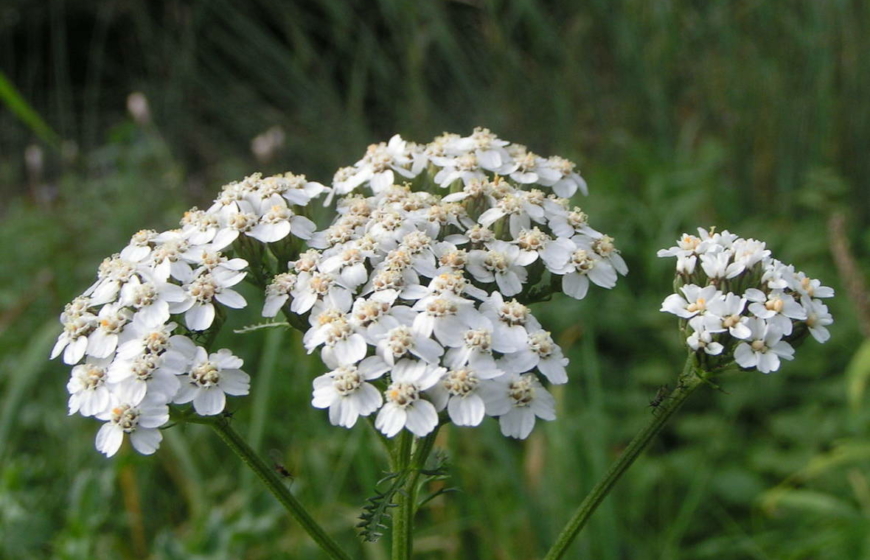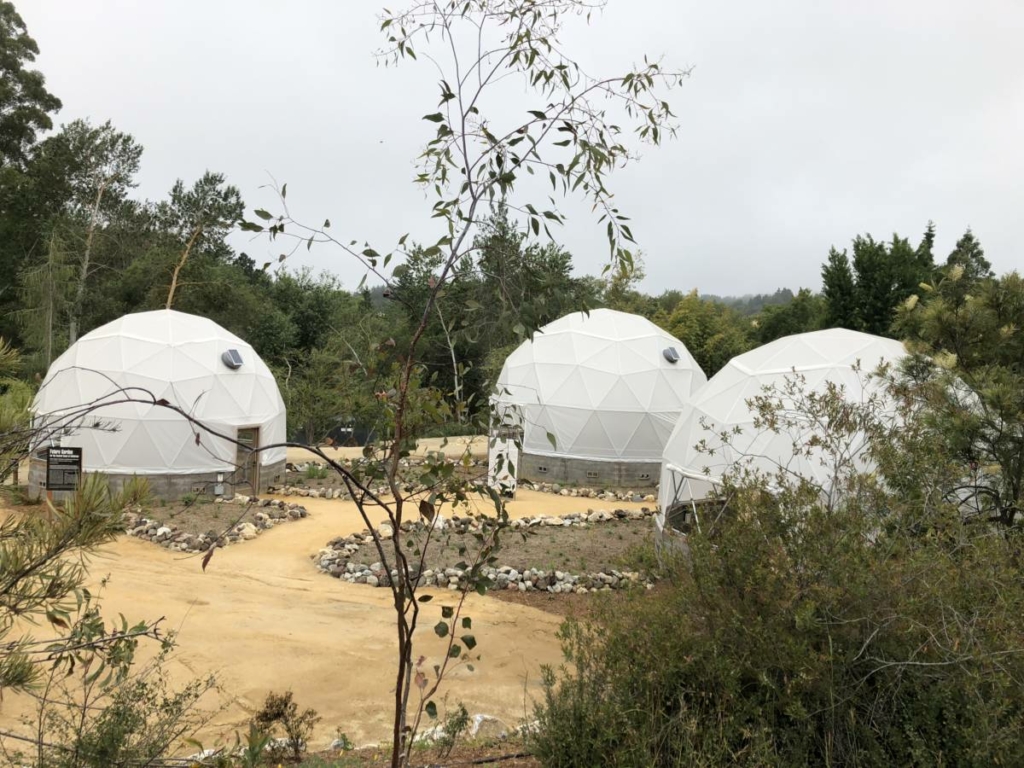Imagining the Future
The geodesic domes of the Arboretum provide the perfect setting for imagining a future in the face of climate change. With their new gleaming white coverings, the domes seem to have arrived here from outer space—or at least from a science fiction novel—to bring warnings about the perils of inaction as the world warms. Not just bearers of bad tiding, the fantastical domes are models for how, as Newton Harrison says, “people can take responsibility for a deeply stressed planet.”












